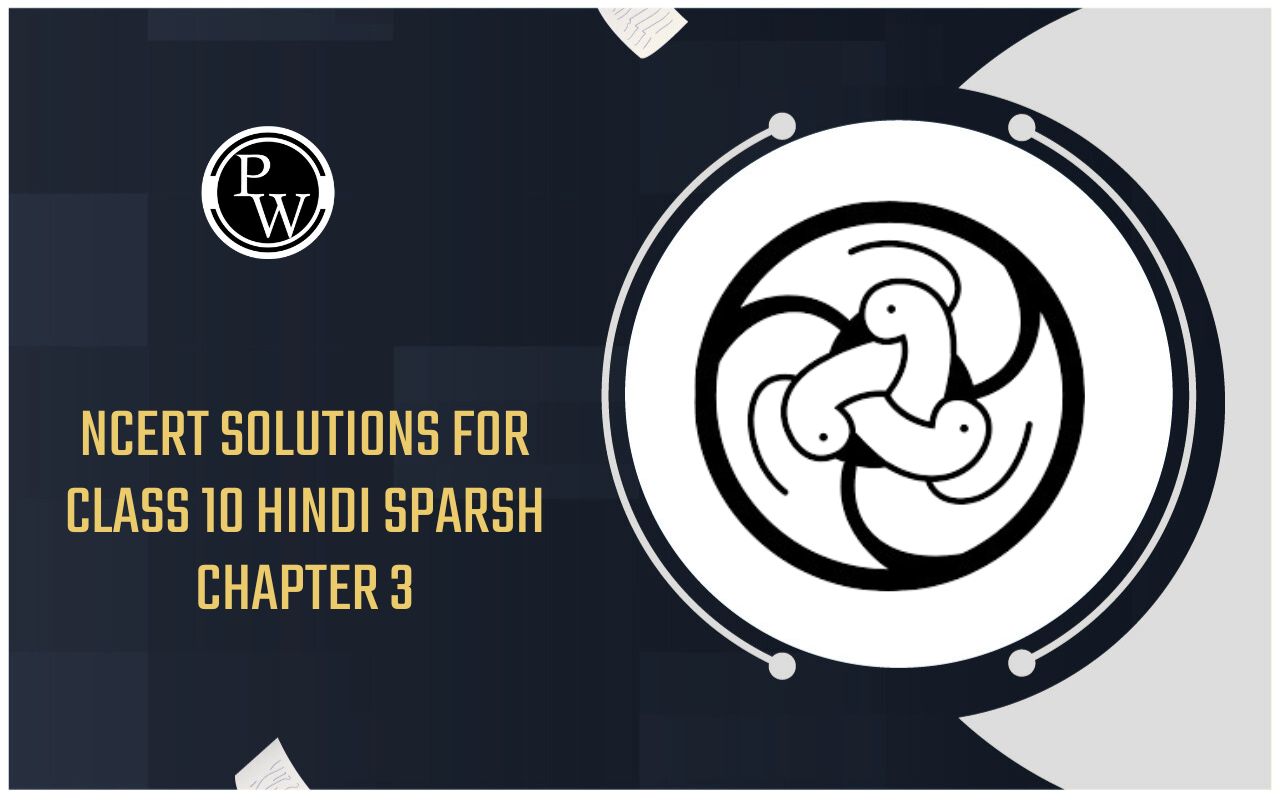
Important Questions for Class 10 Maths Chapter 2: Here are some Important Questions for Class 10 Maths Chapter 2 Polynomials based on the NCERT book. The answers to these questions will aid students in getting ready for and performing well on the CBSE Class 10 Maths exam.
The Important Questions for Class 10 Maths Chapter 2 below cover the most recent syllabus that the board has mandated. They are also predicated on the most recent exam format.
Students can thoroughly prepare for the board exam by practicing the Important Questions for Class 10 Maths Chapter 2. Students will discover thorough responses in addition to the pertinent questions. They can consult the solutions if they run into trouble answering the questions.Important Questions for Class 10 Maths Chapter 2 Overview
In order to help students quickly review the topic by solving these problems, we have also included a few more significant exam-oriented questions for topic 2 Polynomials of Class 10 Math. Expressions with varying degrees of unknown variables are covered in this chapter. The zeros of the polynomial are the solutions to these formulas. The linear polynomial has degree 1, the quadratic polynomial has degree 2, and the cubic polynomial has degree 3.Important Questions for Class 10 Maths Chapter 2 Polynomials
Below we have provided Important Questions for Class 10 Maths Chapter 2 to help students prepare better for their Class 10 maths exams. Students can prepare these Important Questions for Class 10 Maths Chapter 2 Polynomials before their exams to understand the concepts better.Q.1: Find the value of “p” from the polynomial x 2 + 3x + p, if one of the zeroes of the polynomial is 2.
Solution:
As 2 is the zero of the polynomial.Q.2: Does the polynomial a 4 + 4a 2 + 5 have real zeroes?
Solution:
In the given polynomial, let a 2 = x.Read More - How to Score Well in Class 10: 5 Study Tips You Need
Q.3: Compute the zeroes of the polynomial 4x 2 – 4x – 8. Also, establish a relationship between the zeroes and coefficients.
Solution:
Let the given polynomial beQ.4: Find the quadratic polynomial if its zeroes are 0, √5.
Solution:
A quadratic polynomial can be written using the sum and product of its zeroes as:Q.5: Find the value of “x” in the polynomial 2a 2 + 2xa + 5a + 10 if (a + x) is one of its factors.
Solution:
Let f(a) = 2a 2 + 2xa + 5a + 10 Since, (a + x) is a factor of 2a 2 + 2xa + 5a + 10, f(-x) = 0 So, f(-x) = 2x 2 – 2x 2 – 5x + 10 = 0 -5x + 10 = 0 5x = 10 x = 10/5Q.6: How many zeros does the polynomial (x – 3) 2 – 4 have? Also, find its zeroes.
Solution:
Given polynomial is (x – 3) 2 – 4Q.7: α and β are zeroes of the quadratic polynomial x 2 – 6x + y. Find the value of ‘y’ if 3α + 2β = 20.
Solution:
Let, f(x) = x² – 6x + y From the given, 3α + 2β = 20———————(i) From f(x), α + β = 6———————(ii) And, αβ = y———————(iii) Multiply equationQ.8: If the zeroes of the polynomial x 3 – 3x 2 + x + 1 are a – b, a, a + b, then find the value of a and b.
Solution:
Let the given polynomial be: p(x) = x 3 – 3x 2 + x + 1 Given, The zeroes of the p(x) are a – b, a, and a + b.Q.9: Find a quadratic polynomial each with the given numbers as the sum and product of its zeroes, respectively.
(i) 1/4, -1
(ii) 1, 1
(iii) 4, 1
Solution:
(i) From the formulas of sum and product of zeroes, we know, Sum of zeroes = α + β Product of zeroes = αβ Given, Sum of zeroes = 1/4 Product of zeroes = -1Q.10: Obtain all other zeroes of 3x 4 + 6x 3 – 2x 2 – 10x – 5, if two of its zeroes are √(5/3) and-√(5/3).
Solution: Since this is a polynomial of degree 4, hence there will be a total of 4 roots.
√(5/3) and-√(5/3) are zeroes of polynomial f(x). ∴ [x-√(5/3)] [x+√(5/3)] = x 2 -(5/3) Therefore, 3x 2 + 6x + 3 = 3x(x + 1) +3 (x + 1) = (3x + 3)(x + 1) = 3(x + 1)(x + 1) = 3(x + 1)(x + 1) Hence, x + 1 = 0 i.e. x = – 1 , – 1 is a zero of p(x).Important Questions For Class 10 Maths Chapter 2 FAQs
What is the most important chapter in class 10th maths?
Is 10th maths easy or hard?
How to score 95% in class 10?










